A particle starting from rest moves along a straight line with constant acceleration for this velocity displacement graph will have the form-


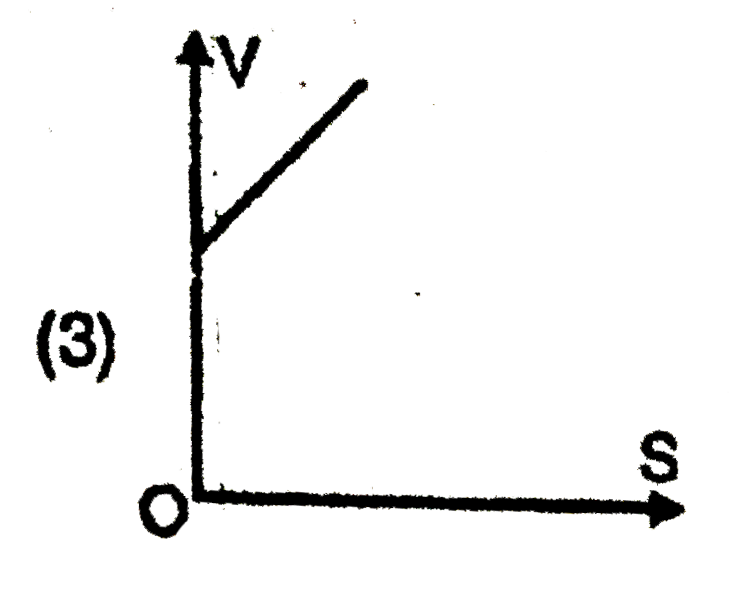
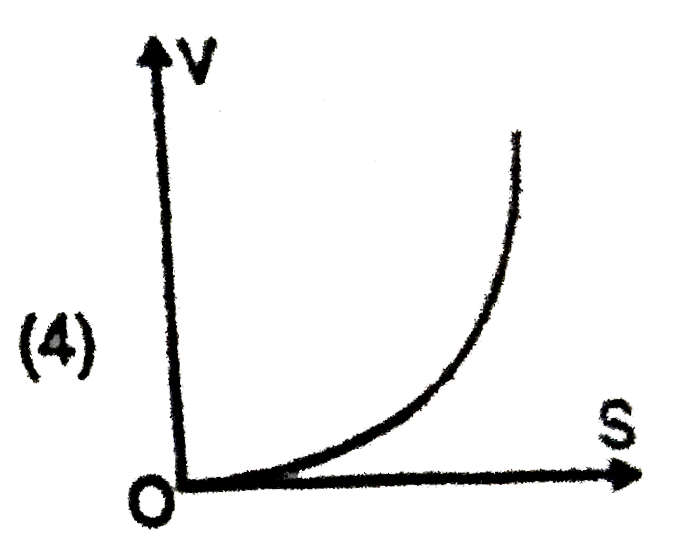
The correct Answer is:B
To determine the form of the velocity-displacement graph for a particle starting from rest and moving with constant acceleration, we can follow these steps:
1. Understand the Initial Conditions: The particle starts from rest, which means its initial velocity U=0.
2. Use the Kinematic Equation: For a particle moving with constant acceleration, the relationship between velocity V, initial velocity U, acceleration A, and displacement S is given by the equation:
V2=U2+2AS
Since U=0, the equation simplifies to:
V2=2AS
3. Rearranging the Equation: We can rearrange this equation to express V in terms of S:
V2=2AS⟹V=√2AS
This shows that V is proportional to the square root of S.
4. Identifying the Graph Type: The equation V=√2AS indicates that the graph of V versus S will not be a straight line. Instead, it will be a curve. Specifically, since V increases with S and is proportional to the square root of S, the graph will be a parabola opening upwards.
5. Conclusion: Therefore, the velocity-displacement graph for a particle starting from rest and moving with constant acceleration will have a parabolic shape that opens upwards.
Final Answer:
The velocity-displacement graph will be a parabola opening upwards.
---
V2=U2+2AS
Since U=0, the equation simplifies to:
V2=2AS
V2=2AS⟹V=√2AS
This shows that V is proportional to the square root of S.
The velocity-displacement graph will be a parabola opening upwards.
Topper's Solved these Questions
Similar Questions
A particle starts from rest and moves along a straight line with uniform acceleration. The ratio of distance travelled by the particle during the first three seconds to the distance travelled by the particle during the next three seconds is 3 о 2
View SolutionA particle starts from rest and moves along a straight line with uniform acceleration. The ratio of distance travelled by the particle during the first three seconds to the distance travelled by the particle during the next three seconds is 3 о 2
View Solution
Knowledge Check
- Question 1 - Select One
A body starting from the rest moves along a straight line with constant acceleration .Which one of the following graphs represent the variation of speed (v) and distance (s) ?
A B
B C
C D
D
- Question 2 - Select One
A body starting from the the rest moves along a straight line with constant acceleration. Which one of the following graphs represents the variation of speed(v) and distance(s)?
A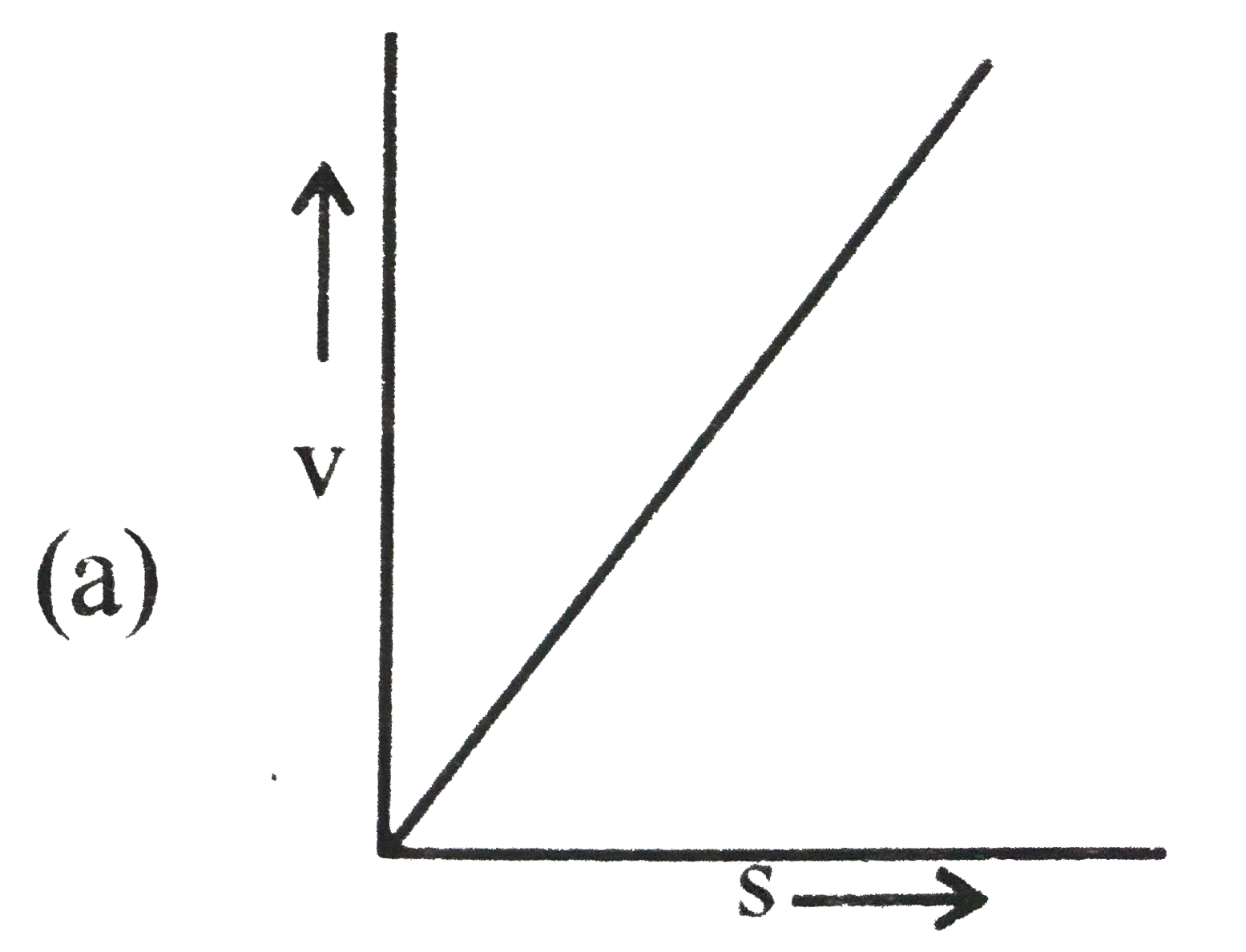 B
B C
C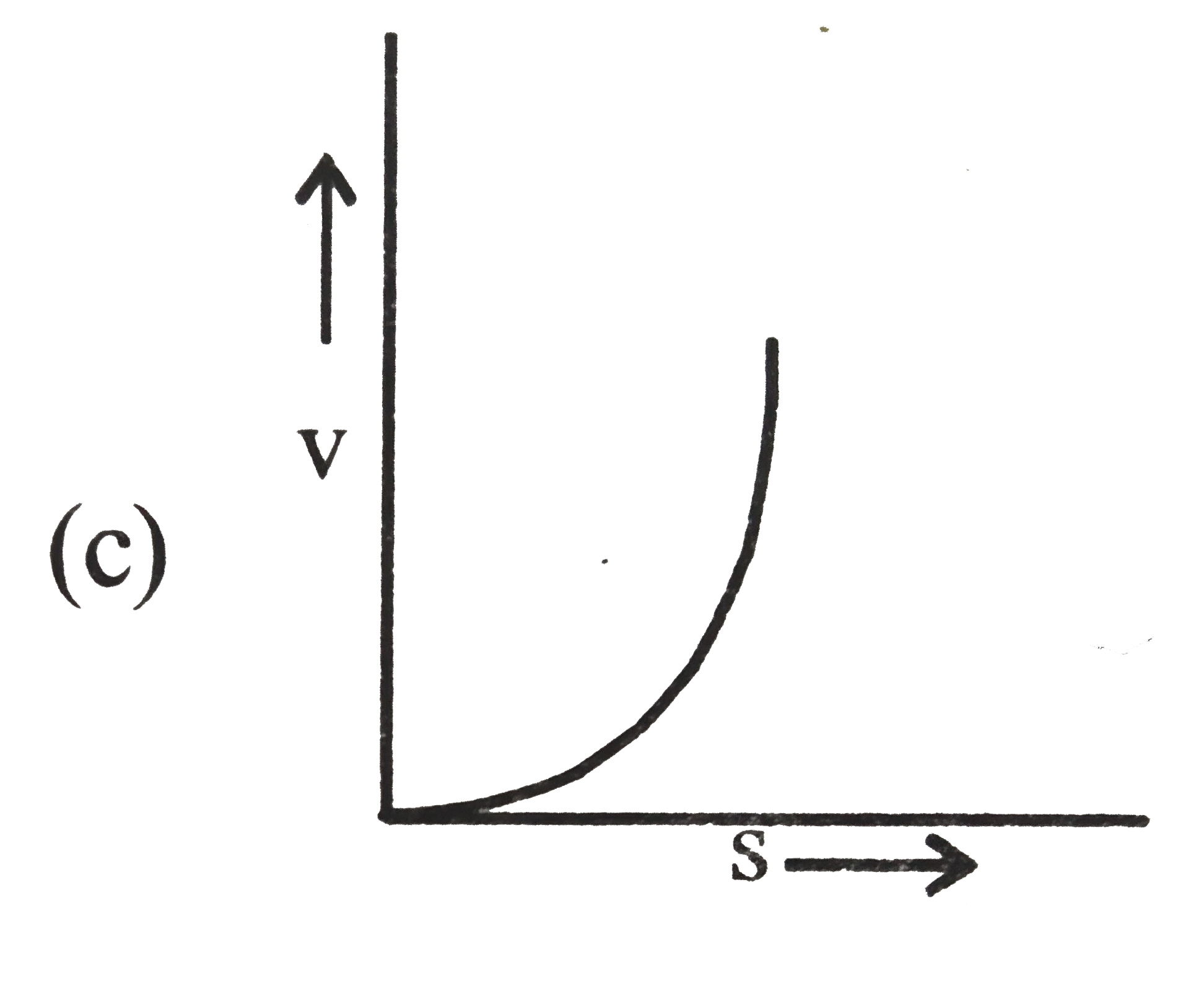 D
D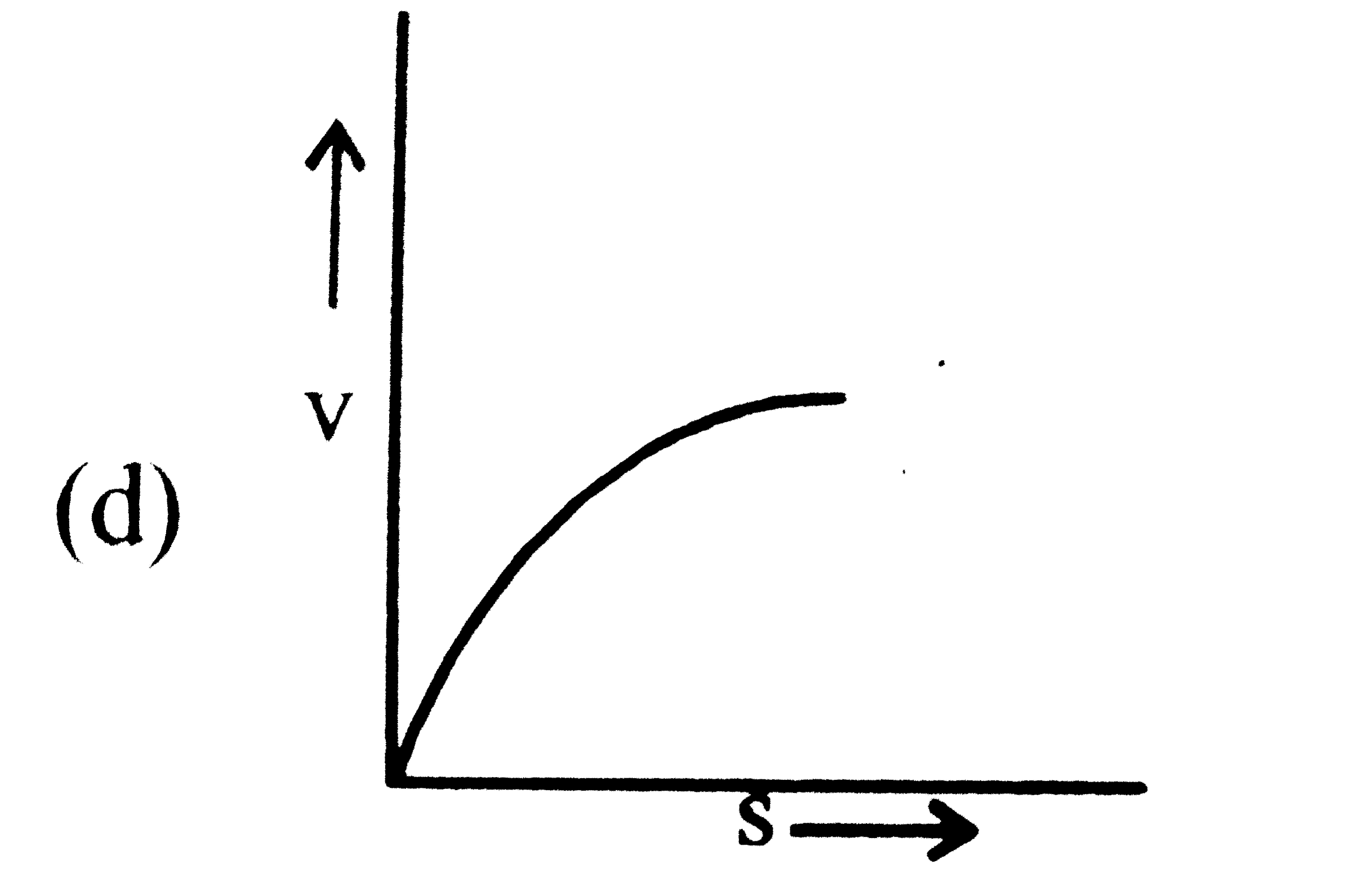
- Question 3 - Select One
A body starting from rest moves along a straight line with a constant acceleration. The variation of speed (v) with distance (s) is represented by the graph
A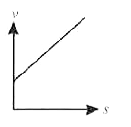 B
B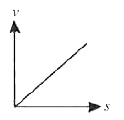 C
C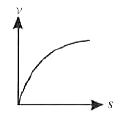 D
D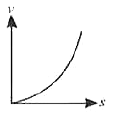
A particle starting from rest moves in a straight line with acceleration as shown in the a-t graph. Find the distance (in m) travelled by the particle in the first four seconds from start of its motion.
Q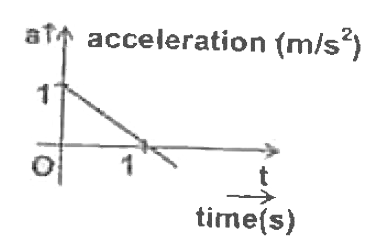 View Solution
View SolutionA body starting from rest moves along a straight line with a constant acceleration. The variation of speed (v) with distance (s) is represented by the graph
View SolutionA particle starts from rest and moves with constant acceleration. Then velocity displacement curve is:
View SolutionA body starting from rest moves along a string line with a constant acceleration The variation of speed (v) with distance (s) is repressed by the graph
View SolutionA particle starts from rest at t=0 and moves in a straight line with an acceleration as shown below. The velocity of the particle at t=3 s is
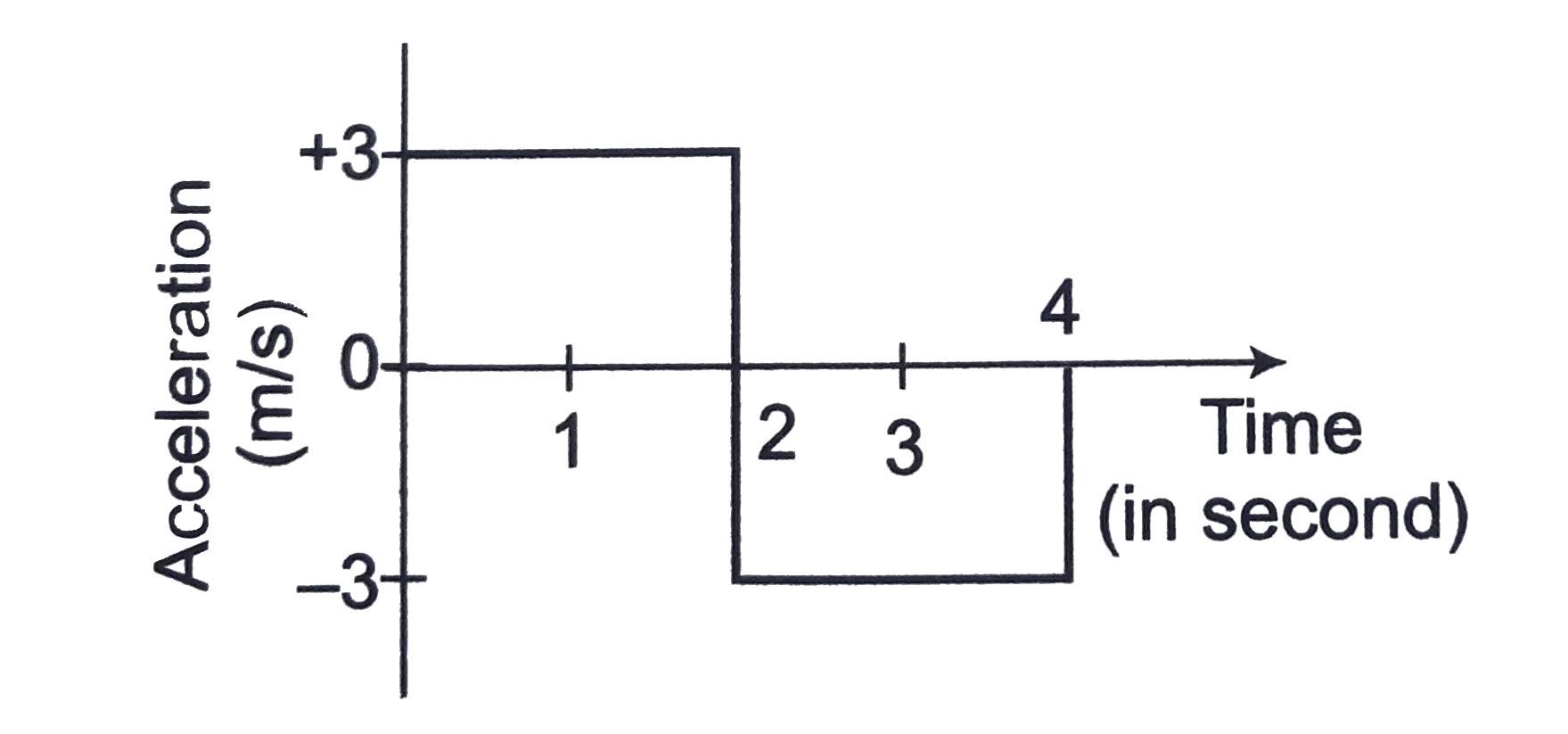 View Solution
View Solution

